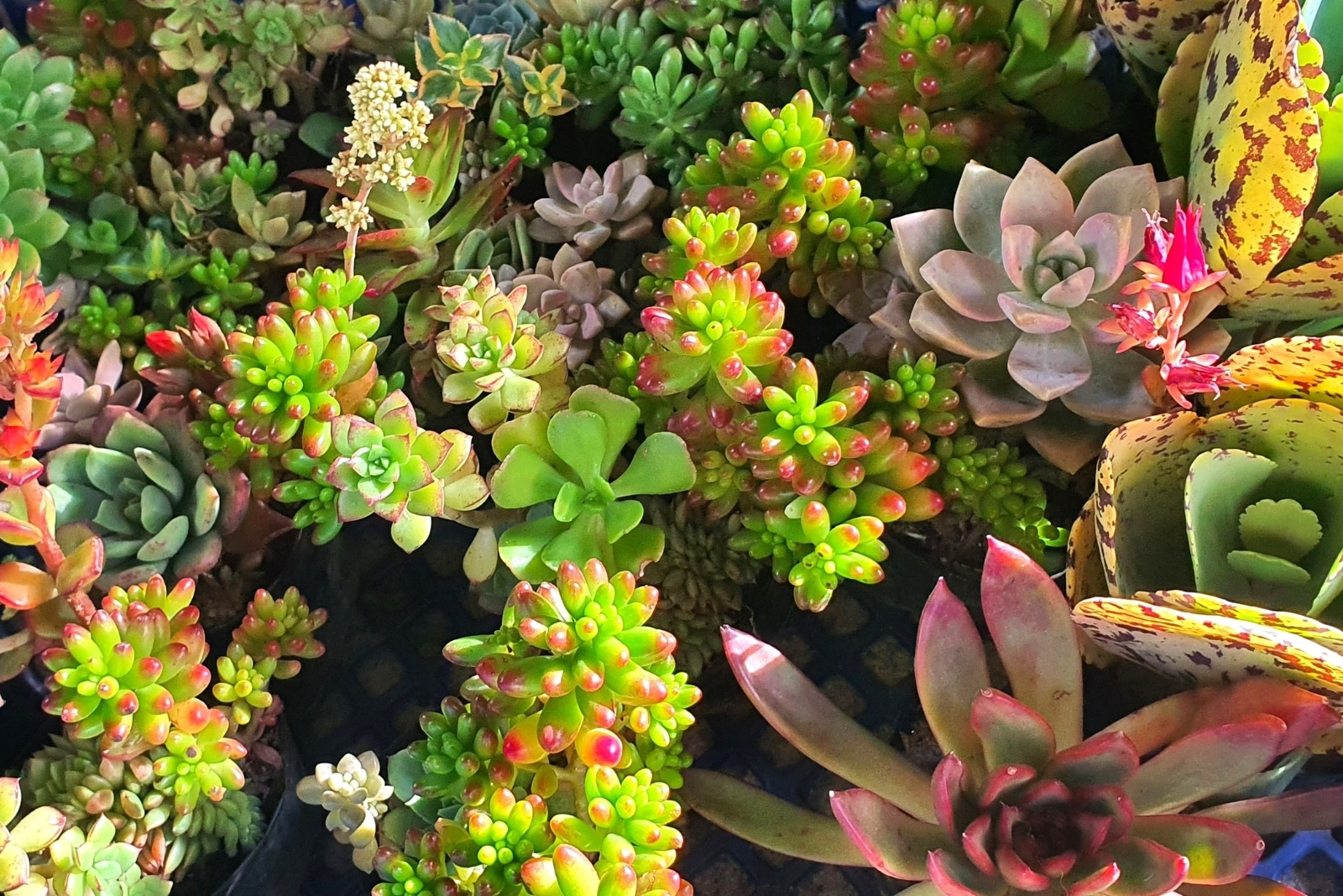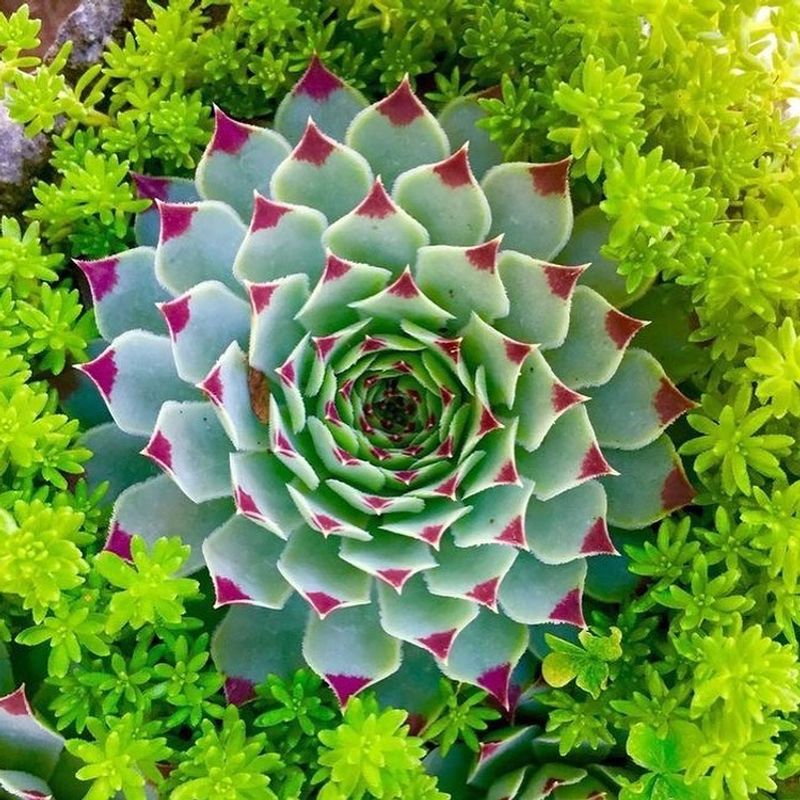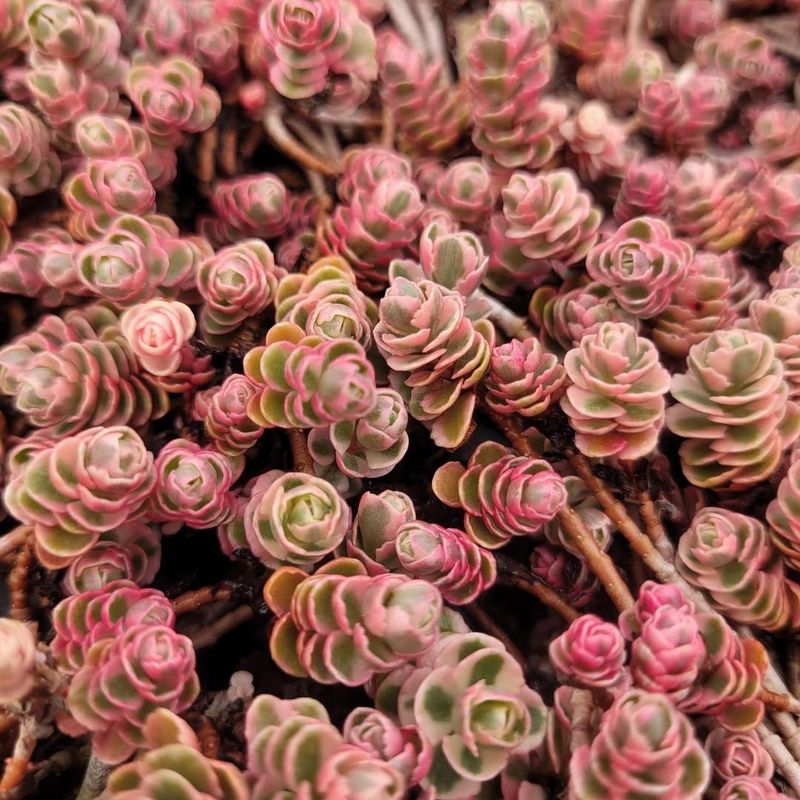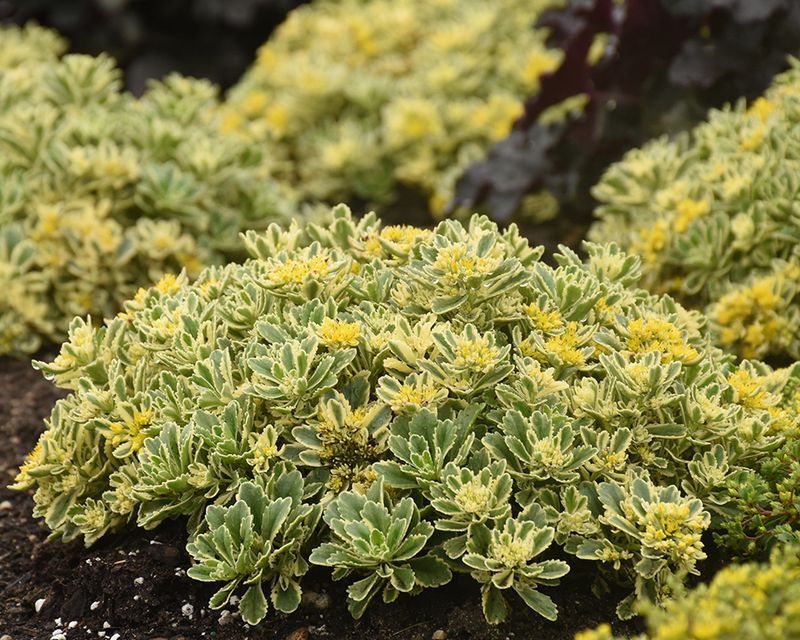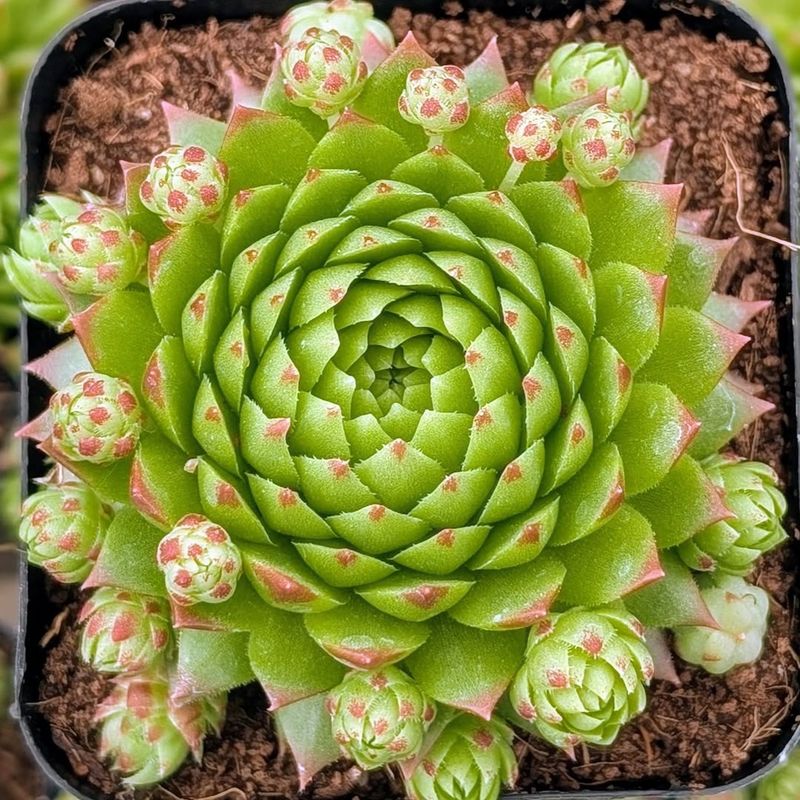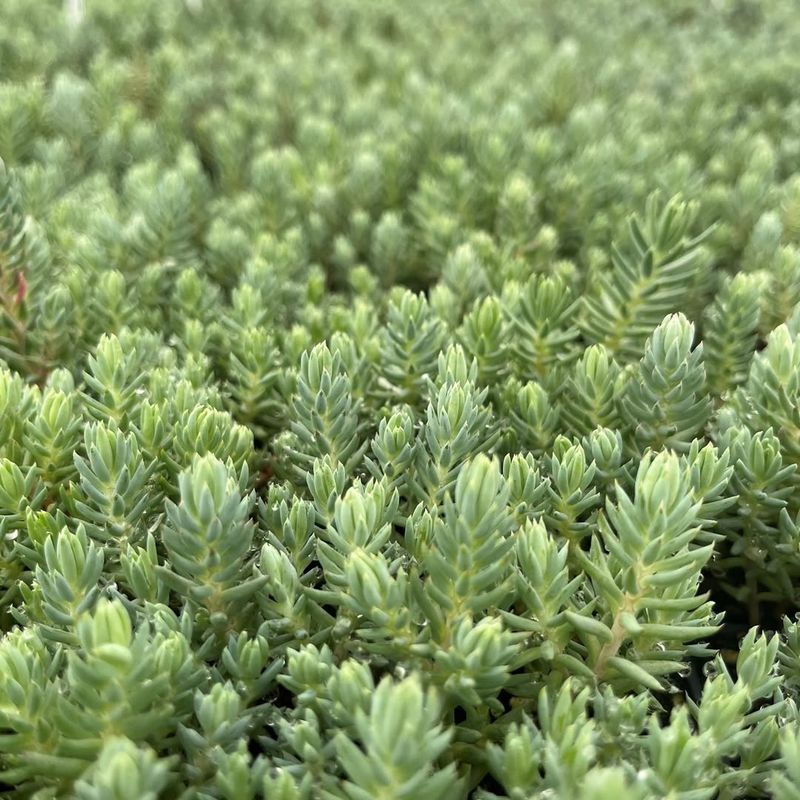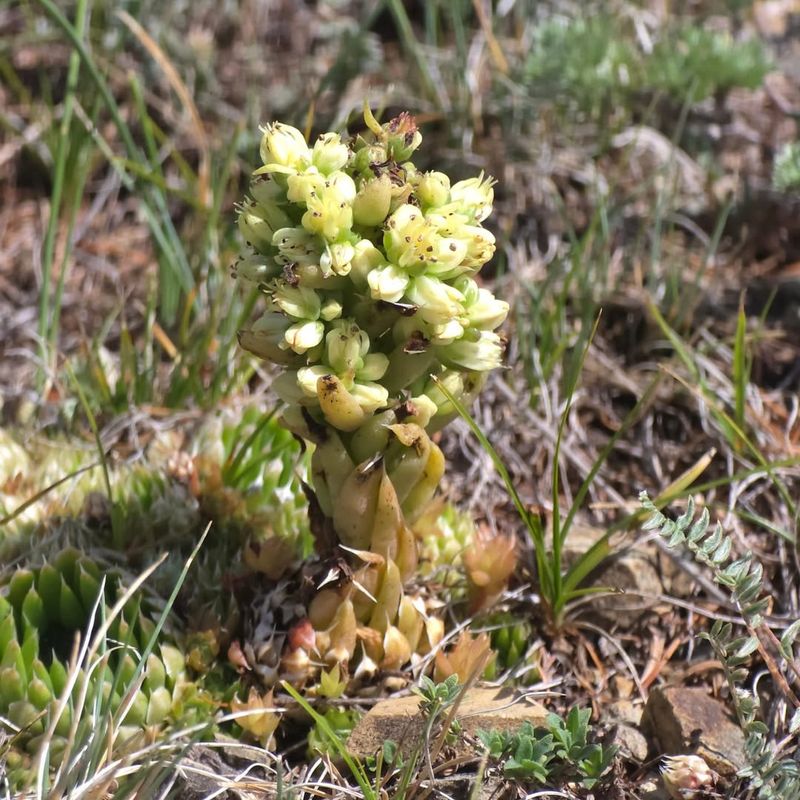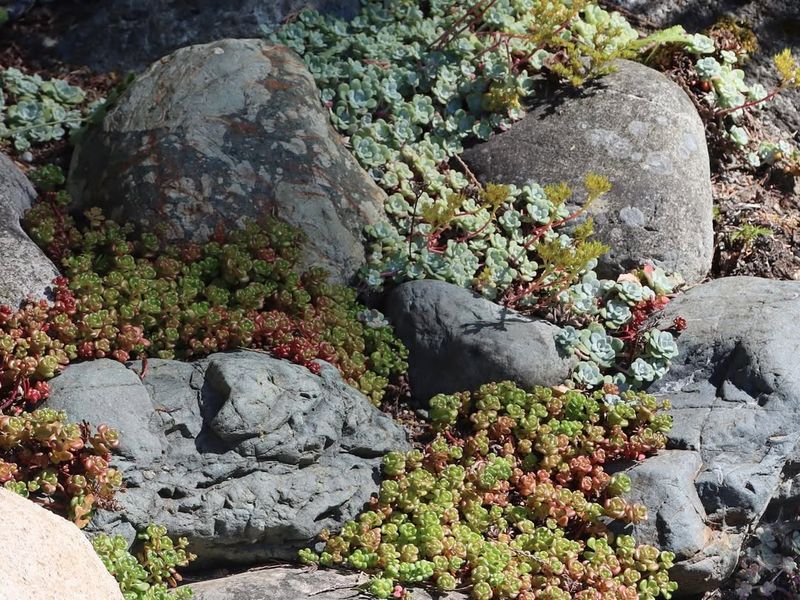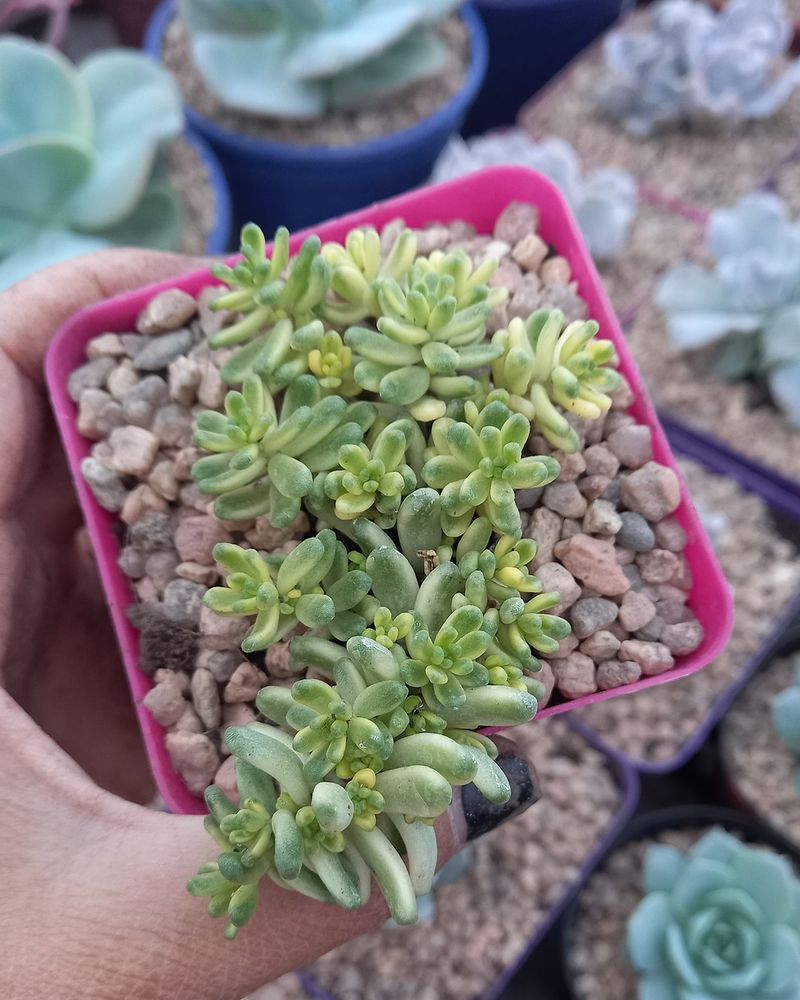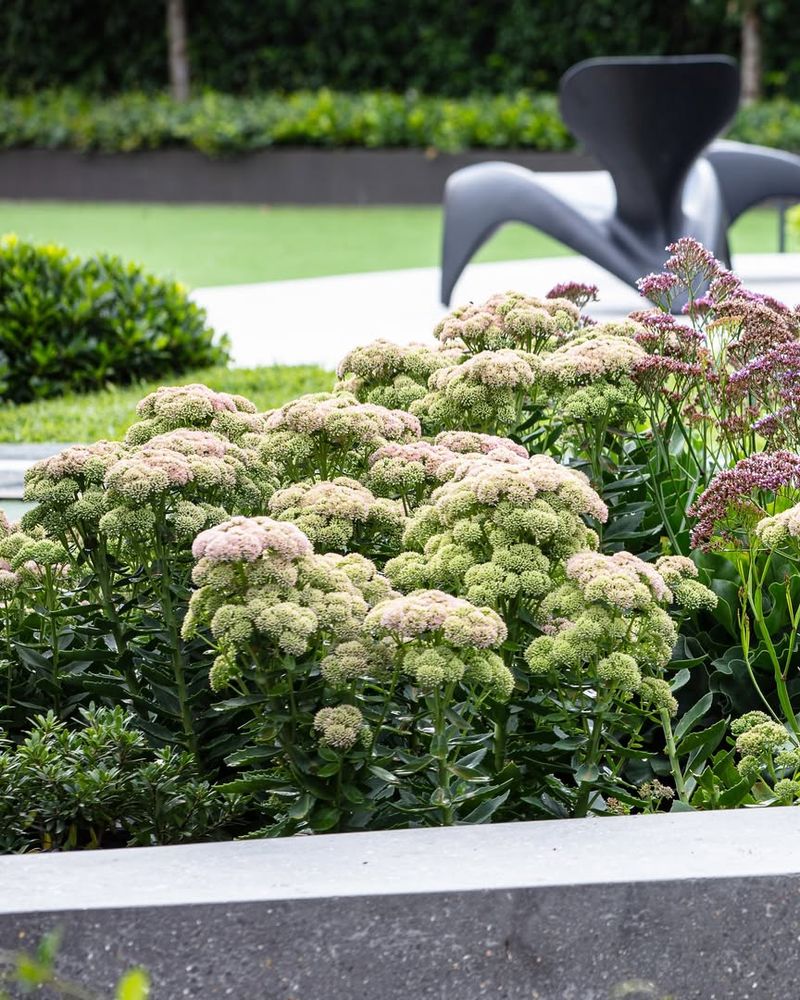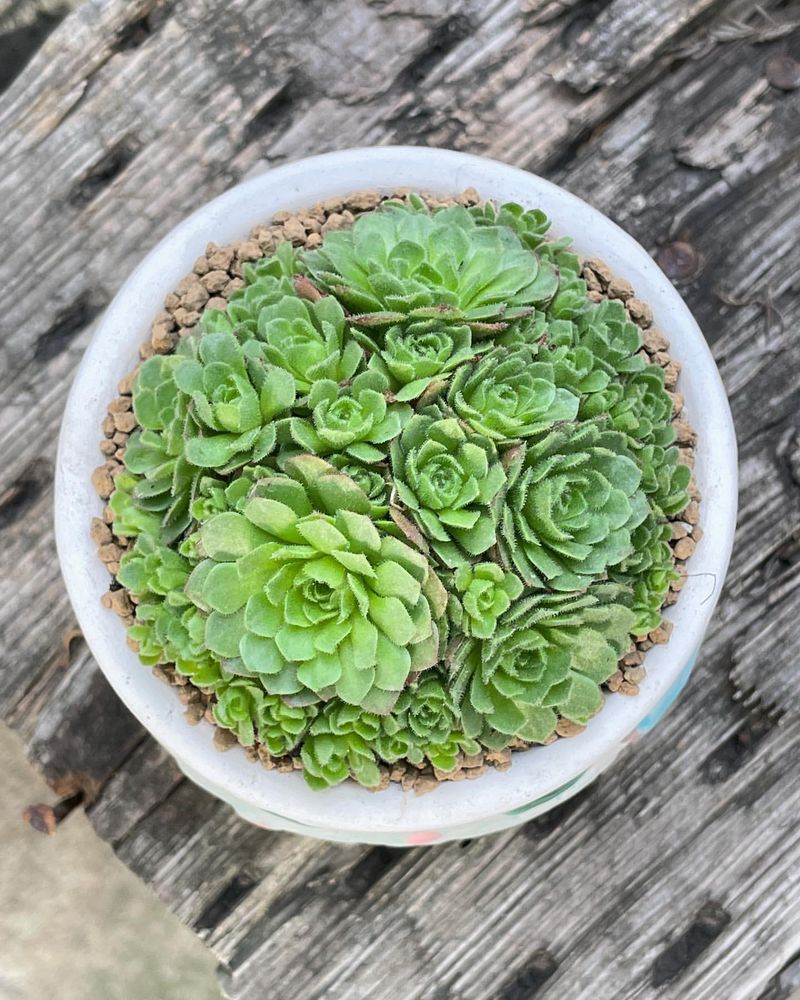Winter in Oregon can be tough on gardens, but succulents have a surprising way of thriving. I’ve found some varieties that stand strong even in chilly conditions.
They bring texture and color when many plants rest for the season. Here are 10 cold-hardy succulents perfect for Oregon gardens this winter.
1. Sempervivum (Hens and Chicks)
Few plants can match the toughness of Sempervivum when winter arrives. Originating from mountainous regions of Europe, these rosette-forming beauties laugh in the face of Oregon’s coldest weather.
They multiply rapidly, creating charming clusters that spread across rock gardens and containers. Their fleshy leaves store water efficiently, helping them survive frozen ground conditions.
Gardeners across Oregon appreciate how they need almost zero maintenance once established in well-draining soil.
2. Sedum spurium (Dragon’s Blood)
Crimson foliage makes Dragon’s Blood one of the most eye-catching ground covers available. This spreading sedum transforms Oregon winter landscapes with its deep red leaves that intensify as temperatures plummet.
Star-shaped pink flowers emerge in summer, but the real show happens during colder months. It tolerates foot traffic reasonably well, making it practical for pathway edges.
Established plants handle temperatures well below freezing without batting an eye, thriving in Oregon’s unpredictable climate.
3. Sedum kamtschaticum
Bright yellow blooms burst forth in late spring, but this Russian native earns its keep year-round in Oregon gardens. Scalloped green leaves create dense mats that remain attractive even during winter’s harshest moments.
Orange and red tones develop in the foliage as autumn transitions into winter, adding unexpected warmth to cold-season plantings. It spreads enthusiastically without becoming invasive.
Rock gardens and borders benefit greatly from this reliable performer that asks for nothing but decent drainage.
4. Jovibarba heuffelii (Rollers)
Often mistaken for Sempervivum, Jovibarba brings its own unique charm to Oregon winter gardens. Instead of producing offsets on runners, baby plants roll away from the parent—hence the nickname Rollers.
Tight rosettes come in stunning shades of burgundy, green, and bronze that deepen beautifully in cold weather. They handle freezing temperatures and snow accumulation without suffering damage.
Perfect for alpine gardens and troughs, these compact growers stay attractive throughout every season in Oregon.
5. Sedum reflexum (Blue Spruce Stonecrop)
Needle-like blue-gray foliage gives this sedum an evergreen appearance that stands out magnificently in Oregon’s winter landscape. Growing in upright sprays, it resembles miniature spruce trees covered in succulent leaves.
Yellow flowers appear in summer, creating a striking contrast against the cool-toned foliage. Deer typically leave it alone, which is a bonus for rural Oregon gardeners.
It maintains its architectural form even under snow, emerging unscathed when spring arrives once again.
6. Orostachys spinosa (Spiny Pennywort)
Dramatic flower spikes shoot up in autumn, creating an unforgettable display before winter settles across Oregon. Native to Asian mountains, this monocarpic succulent forms tight silvery rosettes tipped with small spines.
After blooming, individual rosettes die but leave behind numerous offsets to continue the colony. The architectural quality adds sculptural interest to winter gardens when most plants look dormant.
Well-draining soil is essential, but once happy, these unusual succulents thrive with minimal attention throughout Oregon winters.
7. Sedum oreganum (Oregon Stonecrop)
A true native son, Oregon Stonecrop naturally grows along coastal cliffs and mountain slopes throughout the Pacific Northwest. Fleshy green leaves turn reddish-bronze when cold weather arrives, creating lovely seasonal color changes.
Bright yellow summer flowers attract pollinators, but the compact growth habit makes it valuable year-round. It feels right at home in Oregon gardens since it evolved here.
Drought tolerance and cold hardiness combine beautifully in this low-maintenance regional treasure perfect for naturalistic plantings.
8. Sedum album (White Stonecrop)
Delicate white flowers blanket this low-growing sedum in early summer, but its evergreen foliage provides interest throughout Oregon’s coldest months. Tiny cylindrical leaves create a fine-textured carpet that softens hard edges beautifully.
Some varieties develop pinkish tones in winter, adding subtle warmth to the landscape. It spreads quickly to fill spaces between stepping stones or cascade over retaining walls.
Established plants handle freezing temperatures and snow loads without any special protection needed in Oregon gardens.
9. Sedum telephium (Autumn Joy)
Tall stems topped with massive flower clusters make Autumn Joy a standout performer in Oregon gardens. Blooms transition from pale pink to deep rust as autumn progresses, then persist as attractive dried seed heads through winter.
Even in their dormant skeletal form, these sturdy stems add structure and visual interest to snow-covered landscapes. Butterflies adore the late-season nectar when flowers are fresh.
Upright growth reaches about two feet tall, providing vertical dimension that most ground-hugging succulents cannot offer Oregon gardeners.
10. Rosularia platyphylla
Rarely seen but absolutely worth hunting down, Rosularia forms elegant flat rosettes that resemble green roses. Turkish mountains are its native home, so Oregon winters feel mild by comparison to this tough customer.
Pale yellow flowers emerge on wiry stems in late spring, dancing above the foliage mats. The compact size makes it ideal for container gardens and alpine troughs.
Excellent drainage is crucial, but provide that basic requirement and Rosularia will reward Oregon gardeners with years of cold-season beauty.

